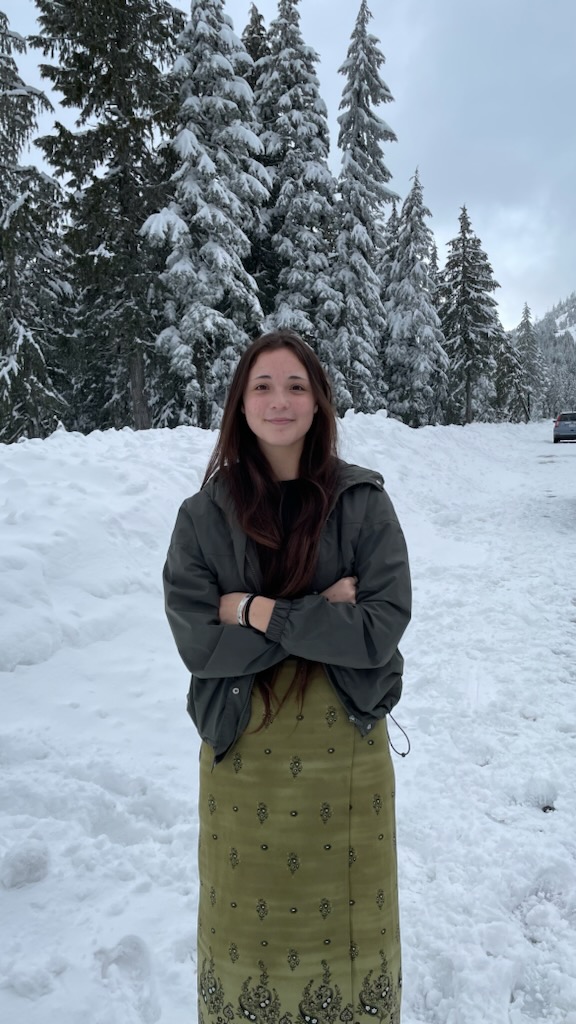Katrina Reimer always loved physics, but she never dreamed that one day she would work to help detect dark matter in the universe.
“I’m the first in my family to go to university, so the fact that I can be involved in such cutting-edge research about how the universe works is really cool,” says Reimer, who grew up in Timmins, Ontario and is a member of Attawapiskat First Nation.
The second-year Mechanical Engineering student performed this research via STEM Indigenous Academics (STEMInA). It’s an academic support and community-building program for Indigenous undergraduate students enrolled in STEM-based degrees at Queen’s.
A new STEMInA initiative this year enabled students to work on a research project with a Queen’s faculty mentor. Reimer was one of three students from Smith Engineering this past term to present their research projects to the STEMInA community, which featured participants from the faculties of engineering, health sciences, and arts and science.
She worked on her project with A.J. Noble, a Professor and Canada Research Chair in the Department of Physics, Engineering Physics and Astronomy. He is also the scientific director of the McDonald Institute, Canada’s premiere network for astroparticle physics research.
One of the institute’s main focuses is the detection of dark matter, a mysterious form of matter that takes up space and holds mass but doesn’t reflect, absorb, or radiate light. Scientists haven’t been able to directly see it yet, but they infer that it takes up about 27% of mass in the universe.
Reimer’s project involved the institute’s PICO-40L detector, which uses bubble chamber technology to detect dark matter particles.
“I was specifically focusing on finding the ratio of single bubble to multiple bubble events caused by neutron interactions,” says Reimer. “And this was important to the overall dark matter search because it would give an understanding of the neutron behavior in the detector and statistical confidence when dark matter is thought to be detected.” Neutrons and dark matter candidates are predicted to behave identically except for the number of bubbles they create during an event, she added.
Although Reimer doesn’t see herself pursuing a career in astroparticle physics, there is no doubt she will apply the research skills she picked up.
“I’m mostly interested in advocacy within engineering, renewable energy, and mining,” she says. “I think there should be someone at the intersection of community and the resource extraction industry when new projects are being developed.”
She will also continue participating in STEMInA programming, which she says has been “such a positive experience.”
Her first contact with the program was its Transition Week, an on-campus orientation for first-year Indigenous STEM students just prior to campus-wide move-in and orientation in September. She has also received tutoring support through STEMInA.
“It’s been very beneficial to be able to go and talk to other people that are experiencing the same things as me being in STEM away from our home communities,” says Reimer. “I’m very grateful.”
Now she hopes she can inspire others from her community to pursue higher education too.
“What drives me to continue in engineering is the lack of infrastructure in northern reserves and also just personally wanting to show my nieces and nephews that there’s a path for Omushkego students in STEM,” she says.
